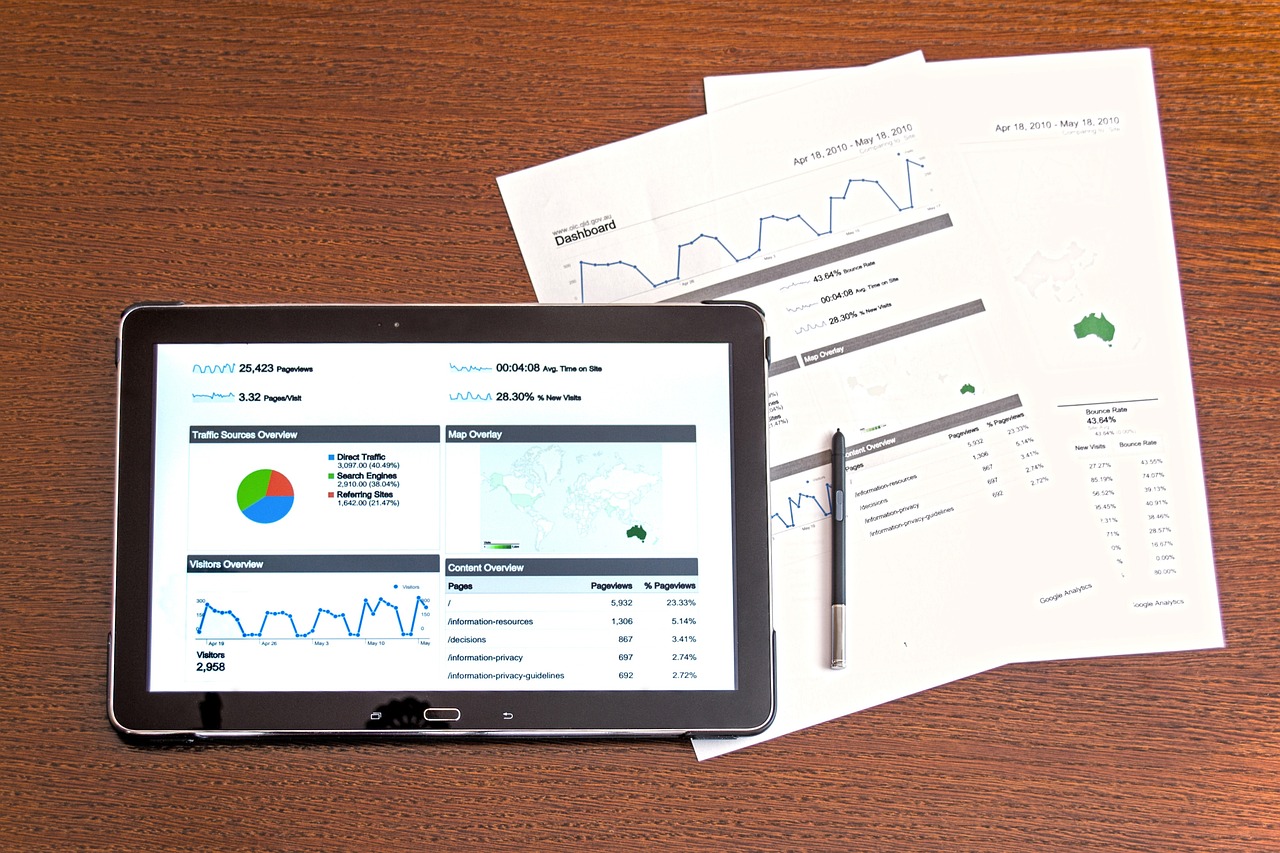
The agricultural landscape of Central Eastern Europe (CEE) is increasingly being shaped by the advent of data-driven crop management. This approach utilises big data and predictive analytics to enhance crop planning and risk management, representing a significant shift from traditional farming methods. In CEE, where agriculture plays a crucial role in many economies, the adoption of these advanced data-driven techniques is seen as a key to improving crop yields, sustainability, and resilience against environmental challenges.
Big data in agriculture refers to the enormous volume of data generated through various sources such as satellite imagery, soil and weather sensors, drones, and IoT (Internet of Things) devices deployed in the field. This data, when analysed effectively, provides valuable insights into soil health, crop growth patterns, moisture levels, and pest infestations, among other critical agricultural parameters.
Predictive analytics involves using this data to make informed predictions about future agricultural outcomes. For instance, predictive models can forecast weather patterns, enabling farmers in CEE to plan their planting and harvesting schedules more effectively. In countries like Hungary and Romania, where weather variability can significantly impact agricultural productivity, such tools are invaluable for minimising risk and optimising crop yields.
One specific application of data-driven crop management in CEE is precision farming. This approach uses detailed insights from data to apply inputs like water, fertilisers, and pesticides in precise amounts and at specific locations in the field. Poland, for example, is seeing an increase in precision farming techniques, where data from soil sensors and satellite imagery is used to tailor farming practices to the needs of individual plots, thereby reducing waste and enhancing crop productivity.
Another aspect is the use of drone technology. Drones equipped with cameras and sensors can survey large agricultural areas, providing real-time information on crop health and growth. In Czechia, drones are being increasingly used for tasks such as monitoring crop conditions and applying fertilisers or pesticides in a targeted manner.
Despite the potential of data-driven crop management, its implementation in CEE comes with challenges. One major barrier is the cost and accessibility of technology, which can be prohibitive, especially for small-scale farmers. There’s also the need for digital literacy and training among farmers to effectively utilise and interpret the data.
Moreover, issues related to data privacy and security are of paramount importance. Ensuring that the data collected is securely stored and used ethically is crucial for maintaining farmer trust and the integrity of these systems.
In conclusion, the utilisation of big data and predictive analytics in crop management is revolutionising agriculture in Central Eastern Europe. By enabling more precise and informed farming decisions, these technologies are enhancing crop yields, reducing environmental impact, and bolstering resilience against climatic uncertainties. As CEE countries continue to navigate the challenges and opportunities of data-driven agriculture, the sector is poised for increased efficiency, sustainability, and productivity.






